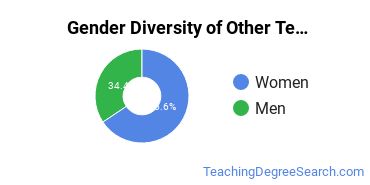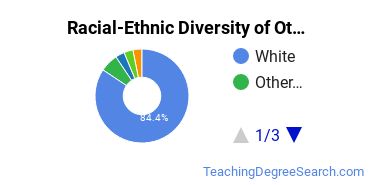Other Teacher Education & Professional Development, Specific Subject Areas at Northwest University
If you plan to study other teacher education & professional development, specific subject areas, take a look at what Northwest University has to offer and decide if the program is a good match for you. Get started with the following essential facts.Northwest University is located in Kirkland, Washington and approximately 1,184 students attend the school each year.
Want to know more about the career opportunities in this field? Check out the Careers in Other Teacher Education & Professional Development, Specific Subject Areas section at the bottom of this page.
Northwest University Other Teacher Education & Professional Development, Specific Subject Areas Degrees Available
- Master’s Degree in Other Teacher Education & Professional Development, Specific Subject Areas
Northwest University Other Teacher Education & Professional Development, Specific Subject Areas Rankings
Other Teacher Education & Professional Development, Specific Subject Areas Student Demographics at Northwest University
Take a look at the following statistics related to the make-up of the other teacher education & professional development, specific subject areas majors at Northwest University.
Northwest University Other Teacher Education & Professional Development, Specific Subject Areas Master’s Program

Of the students who received a other teacher education & professional development, specific subject areas master's degree from Northwest University, 77% were white. This is typical for this degree on the natiowide level.
The following table and chart show the race/ethnicity for students who recently graduated from Northwest University with a master's in other teacher education & professional development, specific subject areas.

| Race/Ethnicity | Number of Students |
|---|---|
| Asian | 2 |
| Black or African American | 0 |
| Hispanic or Latino | 1 |
| White | 27 |
| International Students | 3 |
| Other Races/Ethnicities | 2 |
Related Majors
References
*The racial-ethnic minorities count is calculated by taking the total number of students and subtracting white students, international students, and students whose race/ethnicity was unknown. This number is then divided by the total number of students at the school to obtain the racial-ethnic minorities percentage.
- College Factual
- National Center for Education Statistics
- O*NET Online
- Image Credit: By Acstar under License
More about our data sources and methodologies.
